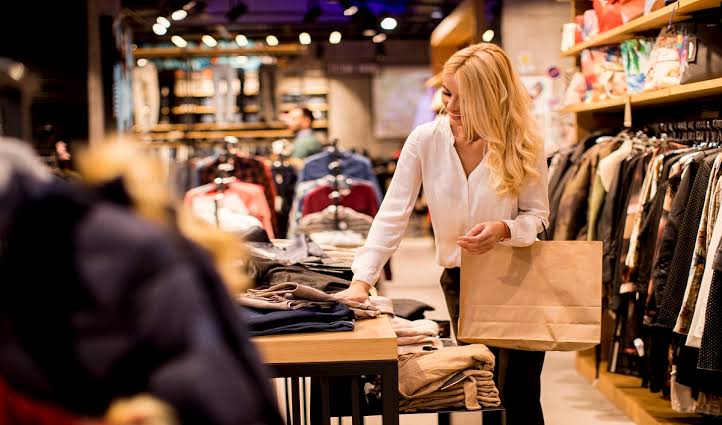
Technology has completely reshaped the way people discover, try, and buy fashion. In 2025, the fashion shopping experience in the U.S., U.K., and Canada is faster, smarter, and more personalized than ever before. From AI-powered stylists to virtual try-on tools, fashion tech is changing how consumers interact with brands — online and in-store.
1. The Rise of Virtual Try-On Experiences
Gone are the days when shoppers had to guess how an outfit might look. With augmented reality (AR) and virtual fitting room technology, customers can now “try on” clothes digitally using their smartphone cameras or mirrors in stores. Retailers like Zara, ASOS, and Nordstrom are using AR-powered apps to help shoppers see how clothes fit before buying — reducing returns and boosting satisfaction.
Example:
In Canada, several online boutiques now use AI mirror technology that scans body measurements and offers size recommendations, saving shoppers both time and money.
2. Artificial Intelligence and Personalized Shopping
Artificial Intelligence has become the backbone of modern fashion e-commerce. AI systems study customer preferences, browsing patterns, and purchase history to offer personalized fashion recommendations. Platforms like Shopify Magic and Amazon Style AI create unique shopping experiences tailored to each user.
In the U.S., major retailers are investing heavily in AI-driven marketing to suggest products that match your body type, color preferences, and even your past searches.
3. The Power of Mobile Shopping Apps
In 2025, over 80% of fashion purchases in the U.K. are made via mobile apps. Apps from brands like H&M, Shein, and PrettyLittleThing now include interactive shopping features, 3D clothing previews, and voice search options powered by AI and machine learning.
Quick Fact:
Searches for “best fashion shopping apps 2025” have increased by over 60% in North America — showing how dominant mobile fashion tech has become.
4. Live Shopping and Influencer Integration

One of the most exciting shifts is the rise of live shopping. This trend, inspired by social platforms like Instagram Live and TikTok Shop, lets fashion influencers showcase outfits in real time while viewers can buy instantly with one click.
Brands are partnering with creators in the U.S., U.K., and Canada to blend entertainment and e-commerce — creating a powerful form of digital fashion marketing.
5. Blockchain and Fashion Authenticity
Blockchain technology is helping luxury fashion brands combat counterfeit products. By using digital certificates and NFTs (non-fungible tokens), buyers can verify a product’s authenticity and ownership. Brands like Louis Vuitton and Gucci are leading this digital transformation.
In the U.K., blockchain-based shopping platforms are gaining popularity for ensuring that every item bought is 100% genuine and traceable from production to delivery.
6. Virtual Reality Shopping Experiences
Imagine walking into a 3D virtual fashion store from the comfort of your home — that’s now a reality. VR fashion malls are being tested across the U.S. and Canada, allowing users to explore collections, attend virtual runway shows, and shop as avatars.
Example:
A Canadian startup recently launched a metaverse fashion marketplace where shoppers can purchase both physical and digital versions of clothing — bridging real and virtual fashion.
7. Sustainability and Smart Fashion Tech
Today’s shoppers value sustainability as much as style. Technology has made it easier to track materials, reduce textile waste, and support eco-friendly fashion production. Brands now use AI analytics to measure environmental impact, while consumers use apps like Good On You to find ethical fashion brands.
8. Social Commerce and Digital Communities
Social media platforms are no longer just for posting outfits — they’re now fashion shopping hubs. Through social commerce, users can discover, share, and buy products directly from posts and reels. This has made fashion more interactive, community-driven, and trend-responsive.

Conclusion
Technology continues to shape every aspect of the fashion shopping experience in the U.S., U.K., and Canada. From AI-driven personalization and blockchain authenticity to virtual try-ons and sustainable tech, 2025 is the year of innovation and convenience. For brands, staying ahead means embracing digital transformation — and for shoppers, it means endless fashion possibilities right at your fingertips
Leave a Reply